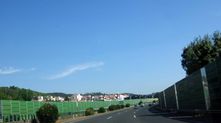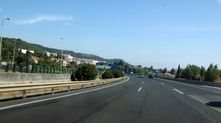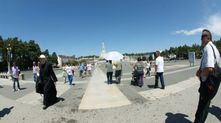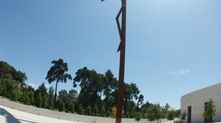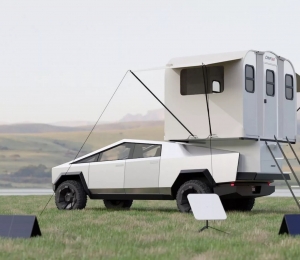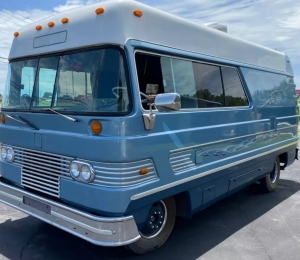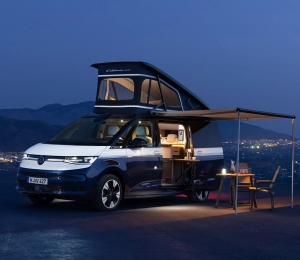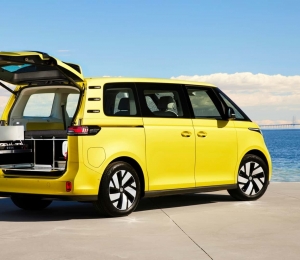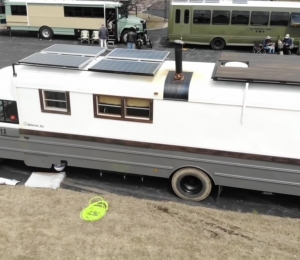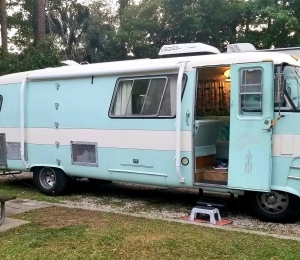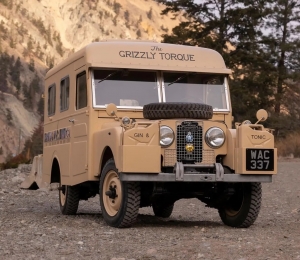Previous parts - Part 1
We drove with the help of our own navigator. The car was not equipped with an inbuilt navigator.
I must say that the roads in Portugal are at the high-grade level. The major roads are three-lane in one direction and they seldom change into two-lane roads. The main highway А1 joins Lisbon and Porto, two the largest cities in Portugal. The distance is 300-320 km. The second in order of importance highway goes from Lisbon to Evora towards the Spanish border.
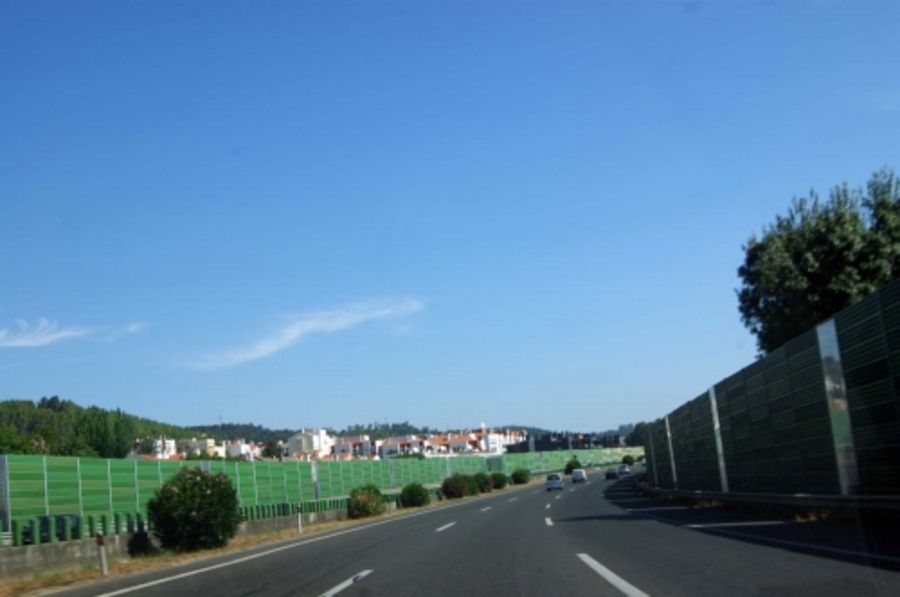

Having passed one night at a hotel in Lisbon, we moved towards Porto with an intermediate stop on the way at Portuguese Pousada (the hotel in the ancient fortress on the mountain top, there is a good many of such hotels all over Portugal).
(Web-site: Pousada Conde de Querem )
Quite frankly, we chose the hotel because of its location on the way to Porto, somewhere in the middle. But I must say we got effectually. Both the place is beautiful, and the hotel is decent, and you can find a parking lot in the town without problems. So we recommend this place.
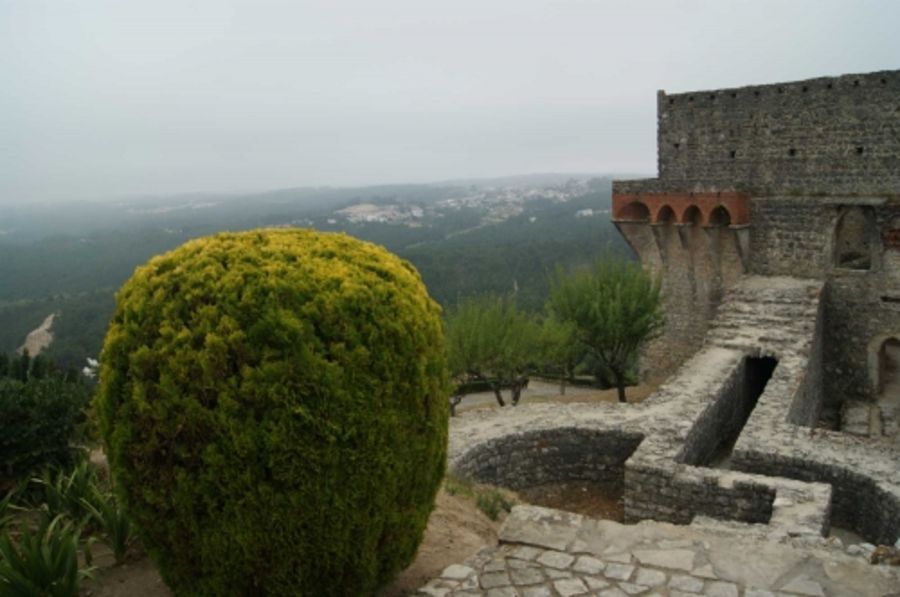

In the run the car performs consistently. Of course it lacks dynamics a little, as it is a consequence of the diesel engine. The restriction all through the route is 120 km/h, but along the outer track cars move at the speed of 160-180 km/h. Radars, both stationary and mobile were not observed throughout the whole route.
We marked one peculiarity of driving along Portuguese roads. The drivers of all cars (in spite of the vehicle class) having passed along the outer left lane if there is a blank on the middle lane, merge compulsorily into the middle lane, giving way to the transport which goes behind or even if it is absent.
The highways are turnpike. As in all countries with turnpike roads the cost differs greatly. Thus the cost of the highway from Lisbon to Porto comprises about 19 euros.
There are rather few trucks on the highway even on weekdays.
Our Opel Astra was equipped with a saving fuel device, which deactivates the engine while stopping at traffic lights, in traffic jams and etc. In order to start the engine it is necessary to depress the clutch pedal.
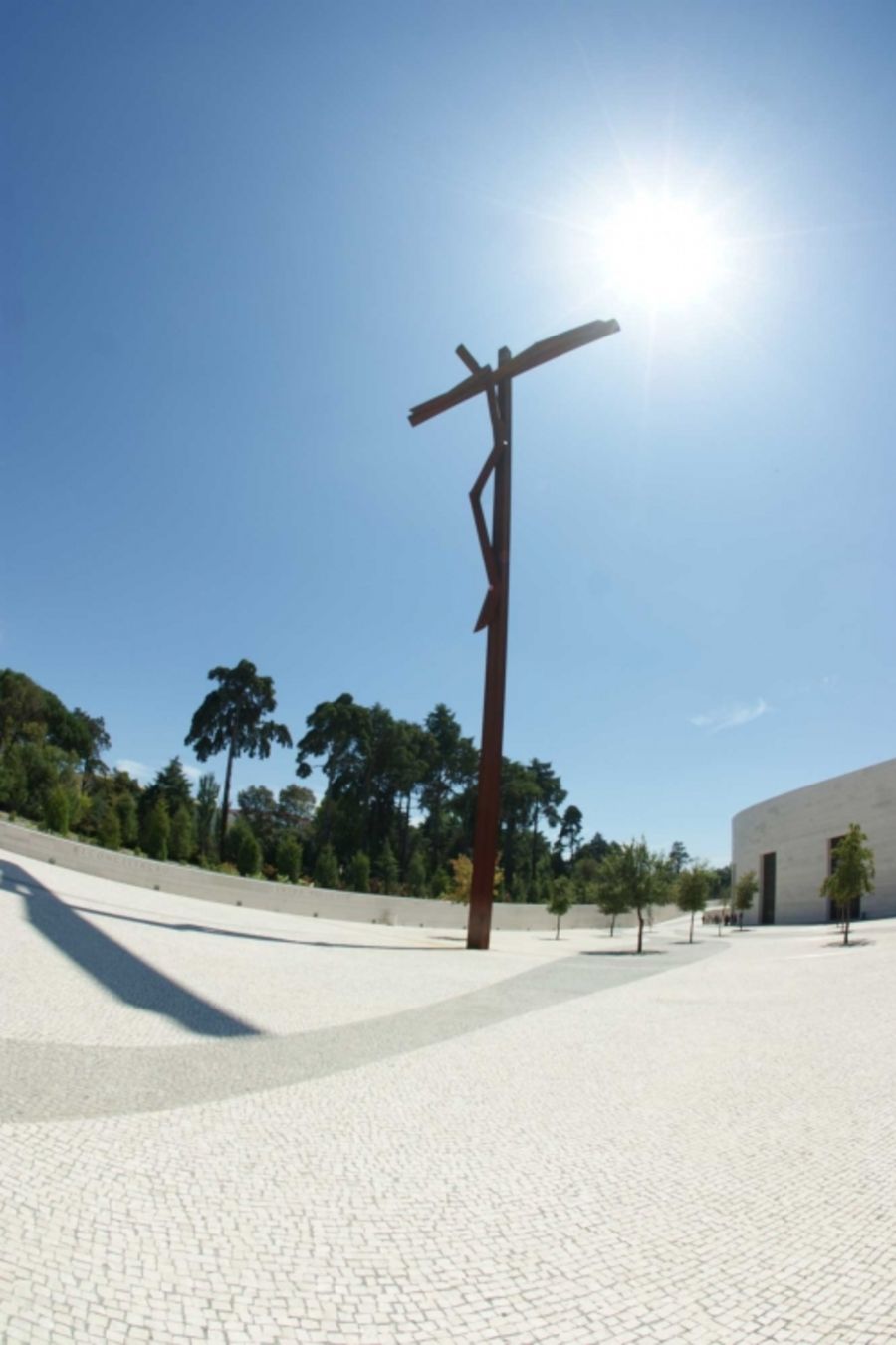
Evidently the saving from this device really exists, but there are very many drawbacks for driving.
Our first automobile was equipped with a mechanical hand brake. So, the main shortcoming of the saving fuel device is the fact that it stalls there, where it need not. Namely, while driving and at the beginning of the movement in the conditions of the mountain scenery and especially in small narrow streets of mountain towns (such as which we were in – a fortress town where the streets have downgrades of 15-20%) . In order to start with a handbrake (and the engine has already stalled), it is necessary at first to depress the clutch pedal, wait for 2-3 seconds, when the engine picks up, then put in the speed, manipulate with the clutch and the throttle and simultaneously unset the handbrake. It is very comfortless, more over if the handbrake does not hold, it is practically impossible to start. And there are cars behind. . . The situation becomes worse if it has rained, and starting from standstill uphill along a wet block road is like along a slide!! This is the major negative side of the device.
Of course it can be cut out, but at any new start of the engine it sets on default in the position “on”. And frankly speaking, you may forget about it.
The other drawback is for example the fact that when the engine shuts down each time to save the fuel in traffic jams under the conditions of heat and when the conditioner works, the last one switches off as well, and the heat attacks the people sitting in the passenger compartment. That is why the motor must be activated forcibly with the clutch. That is to say you must work with the clutch two times oftener.
But it is impossible not to say about positive moments. Except fuel saving, this device helps novices very much. When an engine accidentally stalls it is not necessary to turn an ignition key, but it is sufficient however only to depress the clutch and the engine will operate again.
Having watched all the beauties of Portugal from the height of Pousada’s fortress walls, having visited the mystic place – a cultic town for all Catholics – Fatima and the ancient castle and the order of knights templars’ monastery Convento do Cristo, built in 1162 in the town of Tomar, we left further on for Porto.
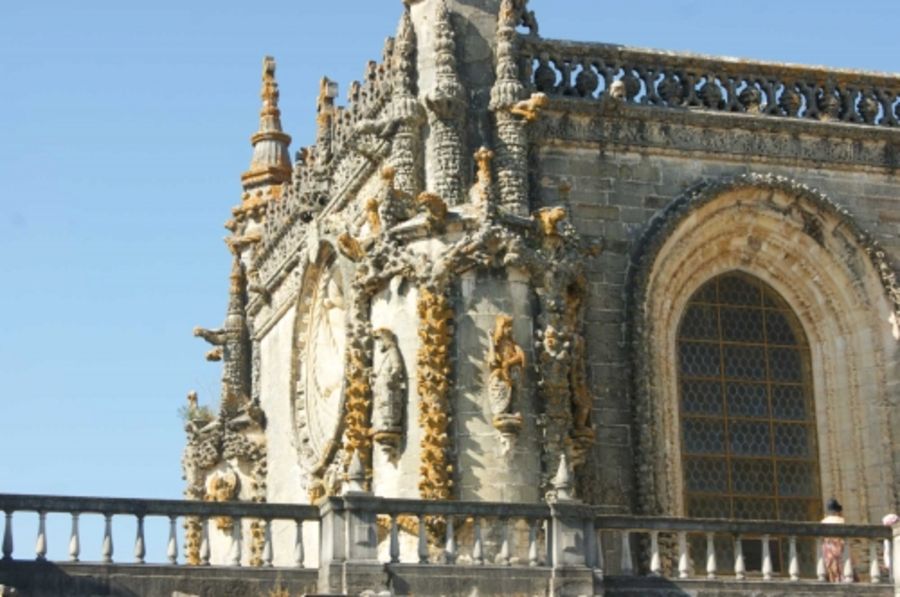
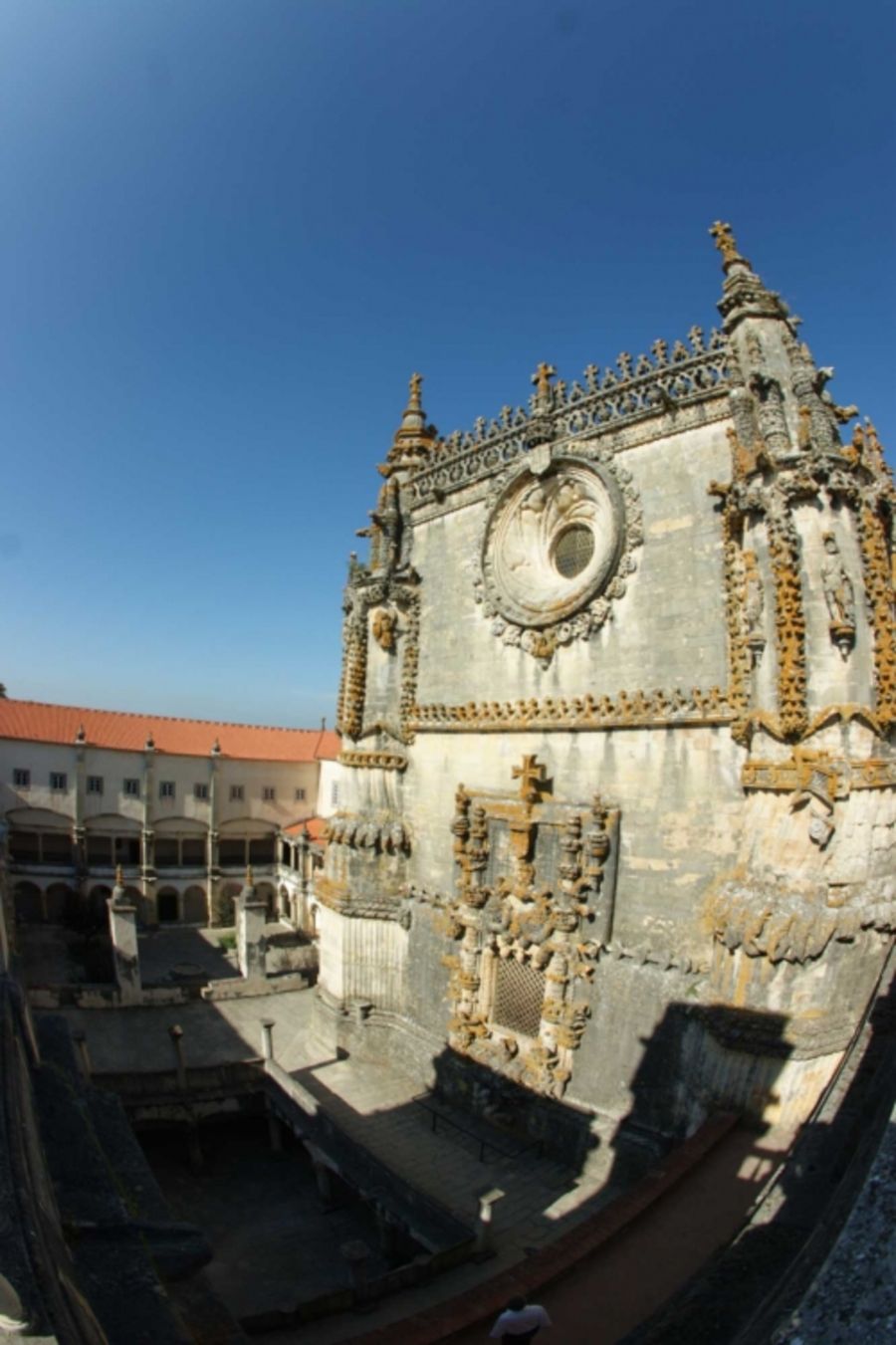
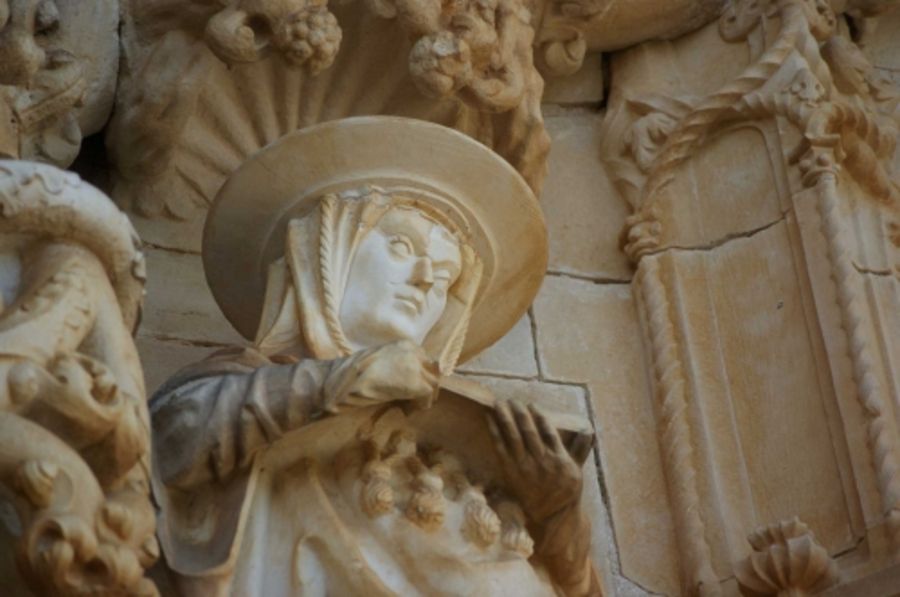
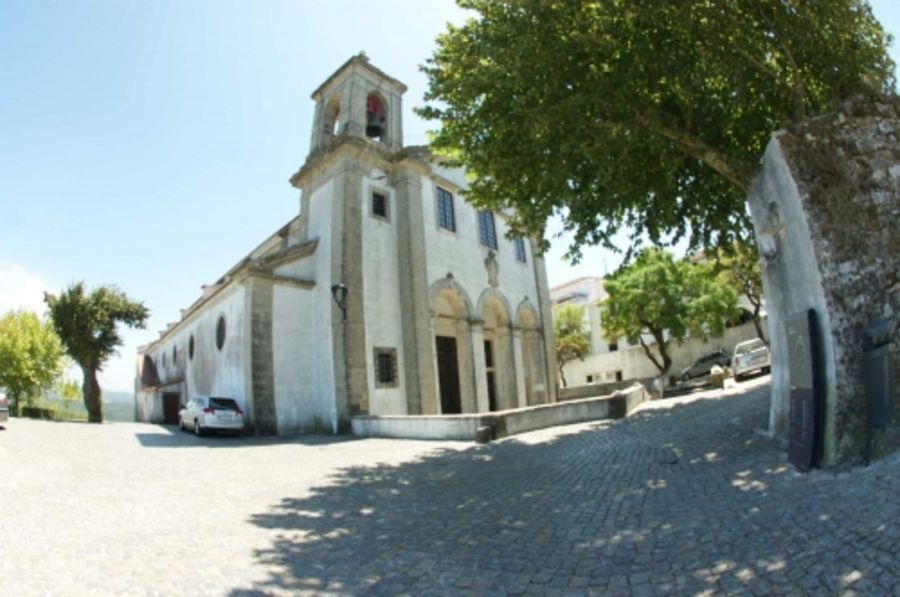

to be continued.....









